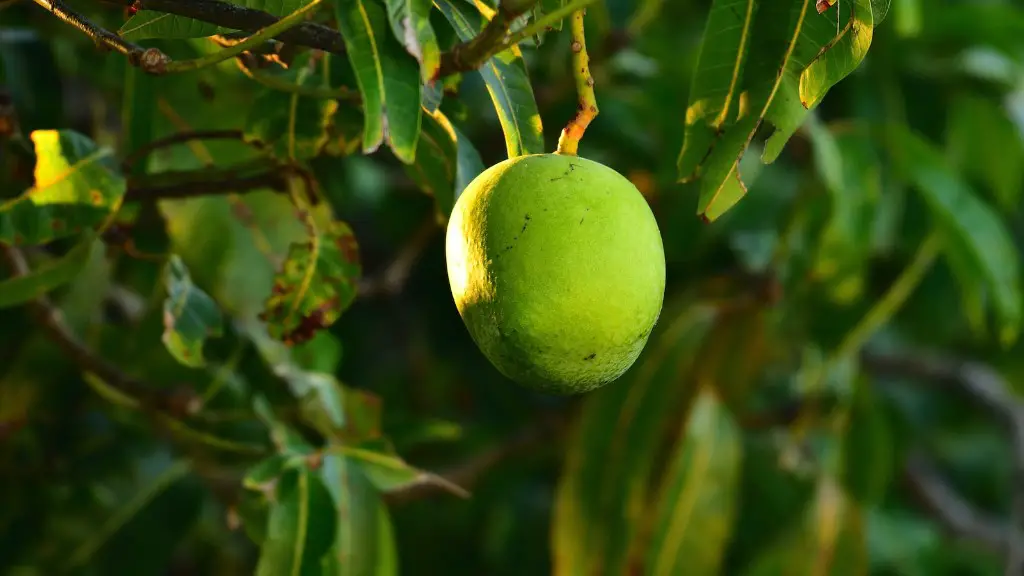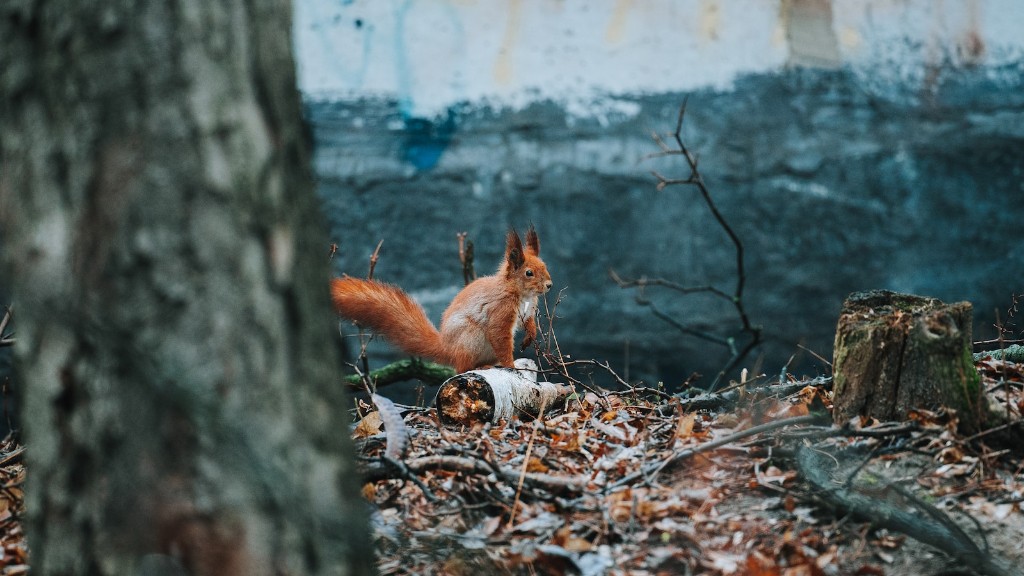Climate
Avocados thrive in tropical and subtropical climates, with temperatures ranging between 50 and 95 degrees Fahrenheit depending on the variety. This type of climate is not typically found in New York. With its hot summer months and cold winter months, the climate in the state of New York is not the type of environment necessary to sustain an avocado tree. With the sudden drops of temperatures during the winter, not even bringing the tree indoors can save it.
The amount of rainfall is also an important factor when planting an avocado tree. Avocados need approximately 30 inches of water each year in order to grow properly. The majority of New York does not have the optimal rainfall for growing an avocado tree. Plus, the dry summers that can occur in the state further add to the unfruitful environment for planting avocados.
Soil
Not only is the climate not ideal for an avocado tree, but the soil in New York may also not be suitable. Avocado trees prefer loamy soil, with a pH level of 6.0 to 7.0. However, most of New York tends to lean toward the more acidic side. The soil also needs to be well-drained, as sitting water or wet soil can cause the tree to rot. This type of soil is found in the very southeastern part of New York—but remains very difficult to find in the state.
Remaining consistent with watering practices can be a challenge for a New York avocado grower. With periods of drought in the summer, the tree must have consistent water to stay healthy and bear fruit. With this in mind, a large-scale avocado tree farm or establishment would likely not be feasible in New York because the consistent water supply could be potentially very difficult.
Rootstock
Selecting the appropriate rootstock to put the avocado tree on can be a challenge in New York. A rootstock is the root of a plant that supports a tree as it grows. For example, an apple tree can be grafted onto a rootstock of a pear tree, so that it grows faster and bigger than if it were planted on its own. For avocado trees, they typically are planted on a rootstock of a hardier, fast-growing tree that can withstand the climate better.
But, there may not be a good rootstock for an avocado tree in New York. Soil compositions can be so different from area to area, making it difficult to find a rootstock that is suited for the particular area where the avocado tree is being planted. As previously mentioned, New York’s soil is very acidic, making it difficult to match the tree to its rootstock.
Frost Periods
New York has mild to severe frost periods each year. Avocado trees will not survive in an area with frost, so an avocado tree should be planted far away from any area in which frost is common. Avocado trees also need pruning and timely trimming more often than fruit-bearing trees, making it hard for the tree to survive a frost. Even if the area doesn’t usually experience frost, unpredictable sudden drops in temperature can cause the tree to freeze and die.
Avocados are a valuable fruit, and many people across the United States would love to grow their own trees. In the state of New York, however, outside of a tropical greenhouse, the climate does not suit the growing needs of an avocado tree. Despite the interest in growing avocados, it is best to either travel somewhere with the proper climate or purchase avocados in the grocery store.
Environmental Change
In recent years, global temperatures have been changing significantly. In some parts of the world, climates that were once unheard of before are now emerging. However, New York has yet to experience this major shift in temperatures. With global warming as a present concern, many are wondering whether the state of New York may soon become a suitable environment for avocado trees. Although this may be a possibility, there is no way to predict when the temperatures in New York will begin to skew to a more subtropical climate.
Greenhouses
With the climate in New York not conducive to avocado tree growth, you can still find avocados in the state. The trees are imported from parts of the country that have a more suitable climate such as California. If you are set on still growing your own avocado tree in New York, a greenhouse provides an ideal environment. Greenhouses are specially constructed environments that are heated during cold winter months and cooled during hot summers. In this setting, an avocado tree can thrive in the ideal temperatures.
Large-scale greenhouses can also be beneficial in this endeavor. In these greenhouses, avocado trees can be managed with an automated watering system and year-round selective lighting. This can control how well the tree is producing, as well as the number of avocados. Large-scale commercial greenhouses are not common in New York, but with more of an interest in growing avocados in the state, they may soon become more popular.
Costs
Avocado trees can be costly to grow, as the market for them is currently weak in New York. This is mainly because of the climate, which would make it difficult for people to grow the tree for their own personal use. The costs for commercial greenhouses are even higher, as the materials needed for construction and maintenance add up. The size of the greenhouse matters as well, putting additional strain on the budget.
Actual avocado trees are not an inexpensive purchase either. Depending on the quality and size of the tree, it can cost anywhere from $30 to $50. And, if you plan to graft the tree to a rootstock, then you’ll need to account for that cost as well. With all these costs in mind, planting an avocado tree in New York may not be the most practical venture—at least not with the current climate.
Pests
Pests can significantly disrupt the growth of an avocado tree. Common pests such as aphids and mealybugs can reduce the number of avocados that the tree can produce. Even with regular spraying and monitoring, these pests can be difficult to control in a New York environment. With the weather changes from summer to winter, the pests can migrate from one part of the tree to another very quickly.
Plus, if the tree is not receiving the adequate nutrients that it needs, the insects may be attracted to it. In order to protect the tree from pests, it must be maintained properly and receive the nutrients it requires. Unfortunately, given the climate in New York, this can be difficult to achieve.

